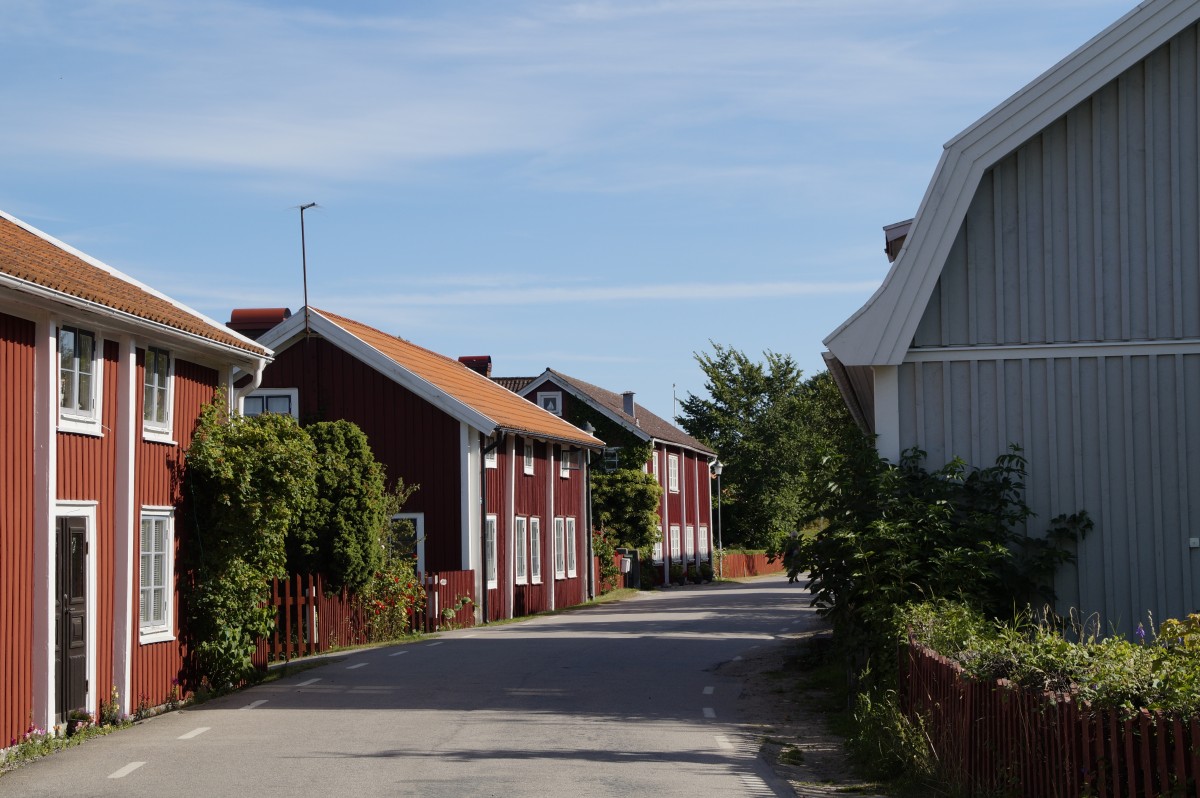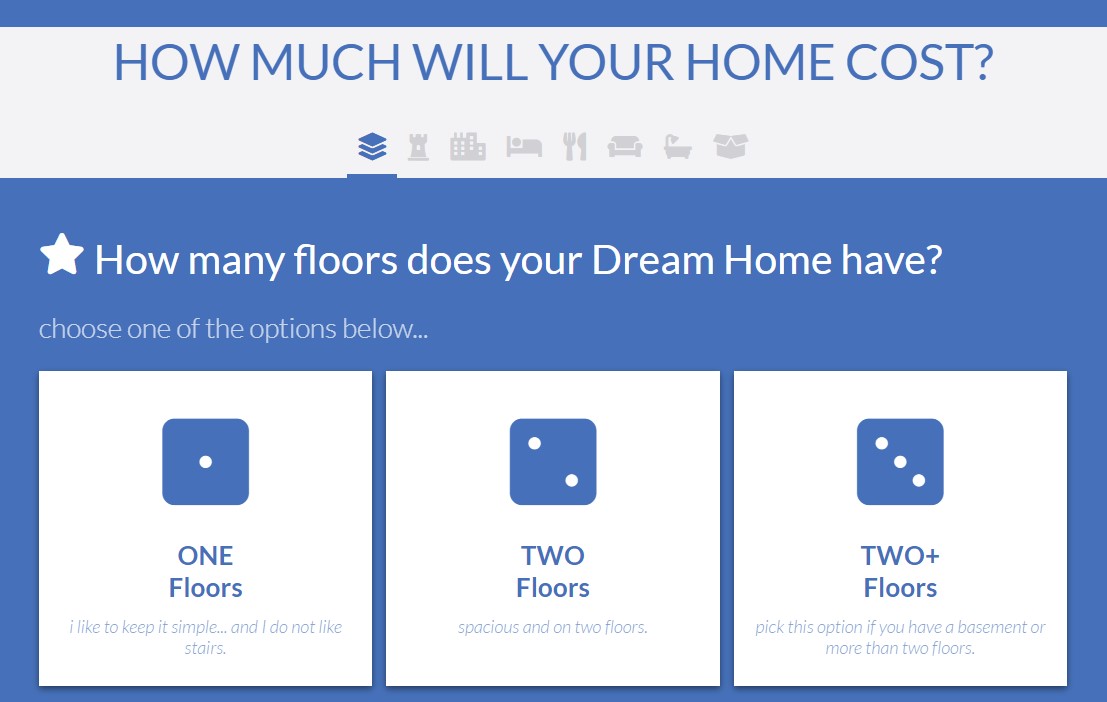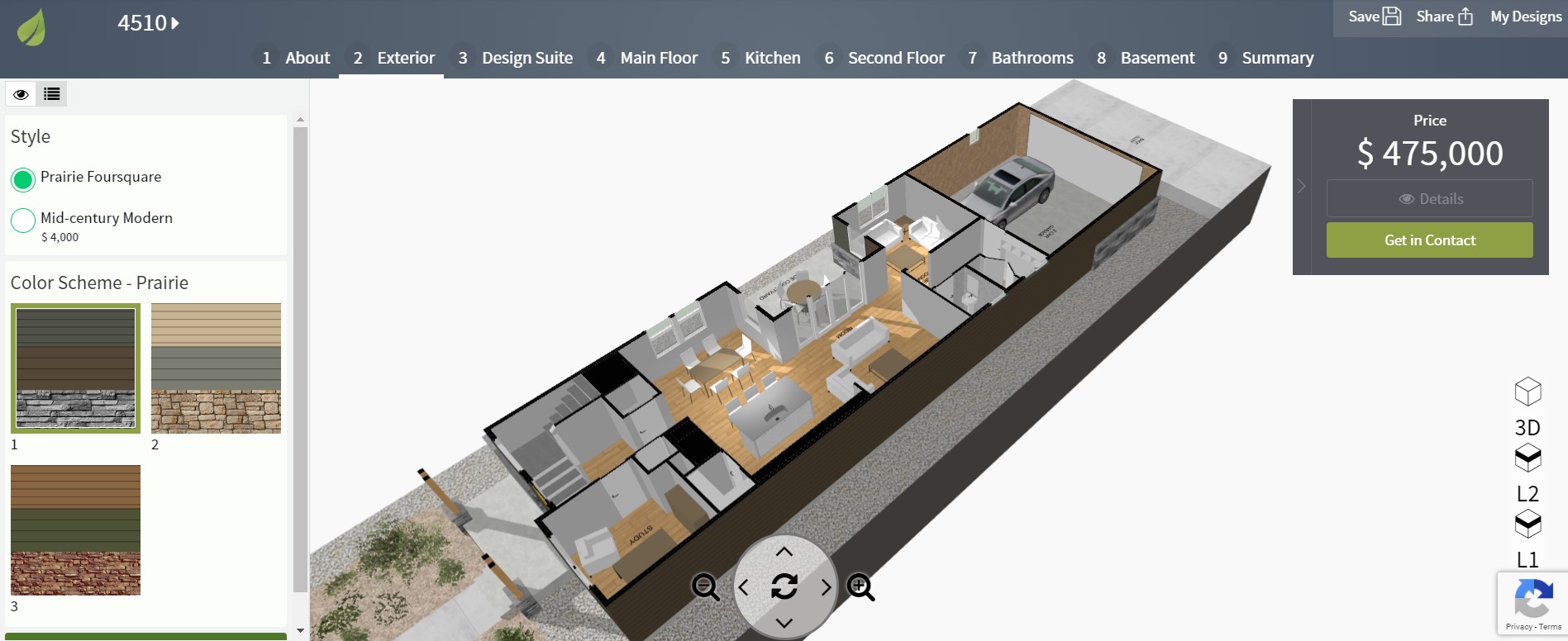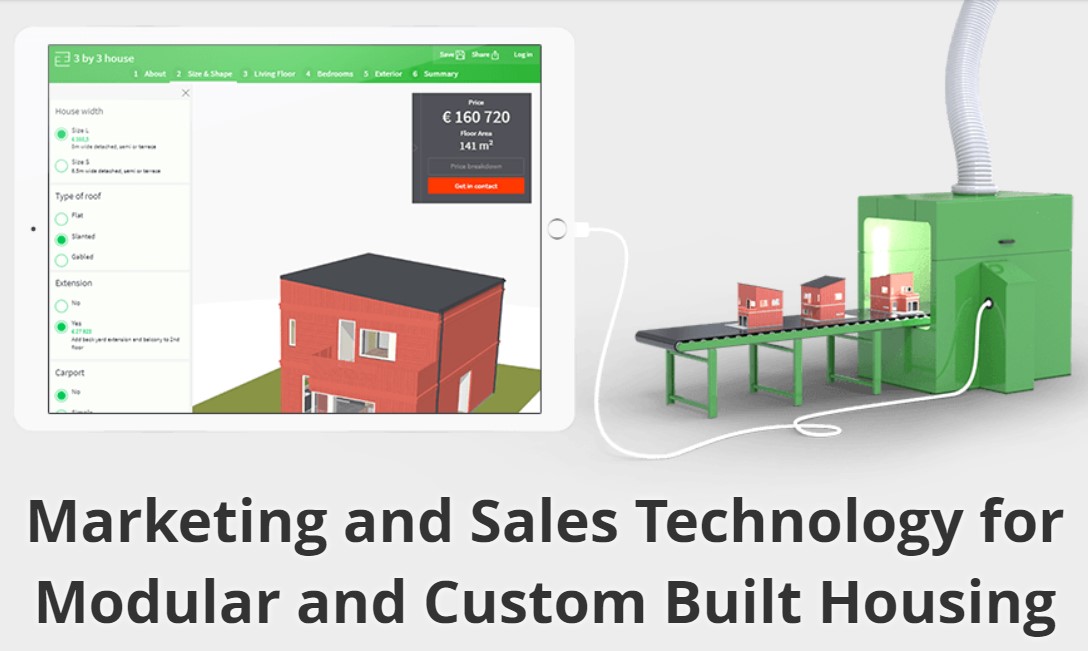House manufacturers are very skilled in doing part of their job, namely producing houses.
Unfortunately, there are other aspects of the house manufacturing business where the entire Industry lacks know-how, tools and vision.
As a matter of fact, the problem in manufacturing houses is not in the manufacturing itself, but in everything that comes before that...
 This article was written with the support of the European Union European Regional Development Fund, in the frame of the project "PuitAIT vol3 House Machine".
This article was written with the support of the European Union European Regional Development Fund, in the frame of the project "PuitAIT vol3 House Machine".
Before beginning the production of an object, every manufacturer has to face 4 challenging issues:
- keeping the sales pipeline full;
- making accurate price offers quickly;
- developing engineering design for production in a reasonable time;
- ensuring a reliable, fast and affordable supply of the basic construction materials.
Without mastering these “4 big issues” the business of house manufacturing often crumbles to a hard stop.
Hardware needs software
You’ve probably heard of printed houses. Interesting technology, isn’t it?
However, despite the intriguing concept, concrete printing is not going to change the way we build.
In fact, printing the shell of the house (instead of building it with other technologies), speeds up about 10% of the building process… all the rest still needs to be done manually.
Think about the installation of windows, insulation, electricity, ventilation, heating, exterior and interior finish, roofing… printing the walls is a drop in the ocean that sounds very cool but doesn’t move the needle.
The house manufacturing Industry doesn’t need new ways to build hardware, it needs better ways to solve the 4 big issues listed above.
A better software ecosystem is the key to unlock the huge production potential we have today in the tens of thousands of house factories scattered around the world.
Unlike a hardware innovation, better software can affect the industry at scale.
If there was a software able to solve the 4 big issues, it’s adoption would be way faster (and cheaper) than changing the entire production system.
The past and the future
In the past, Manufacturers tried to solve the 4 big issues with standardization.
Between 1980 and 2010, lots of companies developed catalog houses in an attempt to offer pre-calculated, pre-designed products and make their own life easier.
So we’ve seen the rise of houses designed with standard measures, standard materials, standard colors, standard windows, and sold with a standard process.
Surprisingly enough (or maybe not), it didn’t work.

It didn’t work because people want unique houses and the don’t want to buy something that is pre-decided by someone else.
People were asking for heavy customization and this ended up in generating extra design work, changing production schedules and making sales cycles longer.
In other words, it generated a lot of additional paperwork and communications.
So many abandoned the idea of catalogs and went back to hustle with one-of-a-kind projects.
But what if there was a way to propose an interactive catalog where the user can make real-time changes and those changes are translated instantly into everything you need to build the house?
This sounds a lot like the future.
In the future, for every house configuration chosen by the user, the system will be able to instantly generate:
- new sales specifications;
- new price;
- new design specifications and new architectural layout;
- new engineering design;
- new bill of materials for the factory.
...the user is happy, the manufacturer is happy. The software saved the day (and the Industry).
The future is now
At the forefront of software development for housing, Creatomus has been working on this type of automated solution for several years.
The House Pricing Tool they developed in 2018 is able to return a pretty realistic price without even a floorplan.
The tool starts by asking the user a few questions (8 to be exact) and then outputs a price estimate, together with full sales specifications.
In reality, the tool generates a complete mathematical model of the house but all the numbers are hidden in the backend. All the users can see is the price coming out of the black-box by “magic”.
But there is no magic.
All the tools made by Creatomus have been developed using highly specialized know-how coming directly from the manufacturers of wooden houses.
The future is 3D
The flagship tool by Creatomus is its 3D configurator.
“People are used to 3D now. 2D architectural representations are a thing of the past” - says Renee Puusepp, founder and CEO of Creatomus Solutions OU.
“Also, 3D makes it easier for home-buyers to understand the size of rooms and the space distributions in the various areas of the house”.
With its 3D configurator, Creatomus is already changing the way houses are bought.
One of their US clients, McStain Neighbourhoods, is using the 3D configurator technology to transform the home buyers’ experience from traditional catalog browsing into a more interactive experience.
The technology entices customers to design their new home and encourages them to save their choices.
In order to save their design, users will need to sign up for the service. They will then receive an automated email notification that points them back to their design.
They will not be bothered with any marketing material unless they choose to come back to their design and initiate the discussion with the company.
At that point, since the configurator calculates the price automatically, they already know the price of the home design they chose. When they do get in contact, the salespeople will already have a clear view of the buyer’s preferences and can focus on the legal matters for closing the deal quicker.
In other words, Creatomus is already solving two of the 4 big issues.
Conclusion
The manufacturers that today are still investing in improving their production capacity are totally missing the point (and they are likely to close doors if they do not change their priorities fast).
Today the game is no longer played on hardware, but on software.
The Industry of wooden prefab houses is facing 4 big issues and a good software has the power to solve them all.
Creatomus is leading the race to building that software and to bring it into the hands of those manufacturers that are ready to leave their mark in this century.
If you want more information or you have any other kind of question, feel free to reach out to us.







